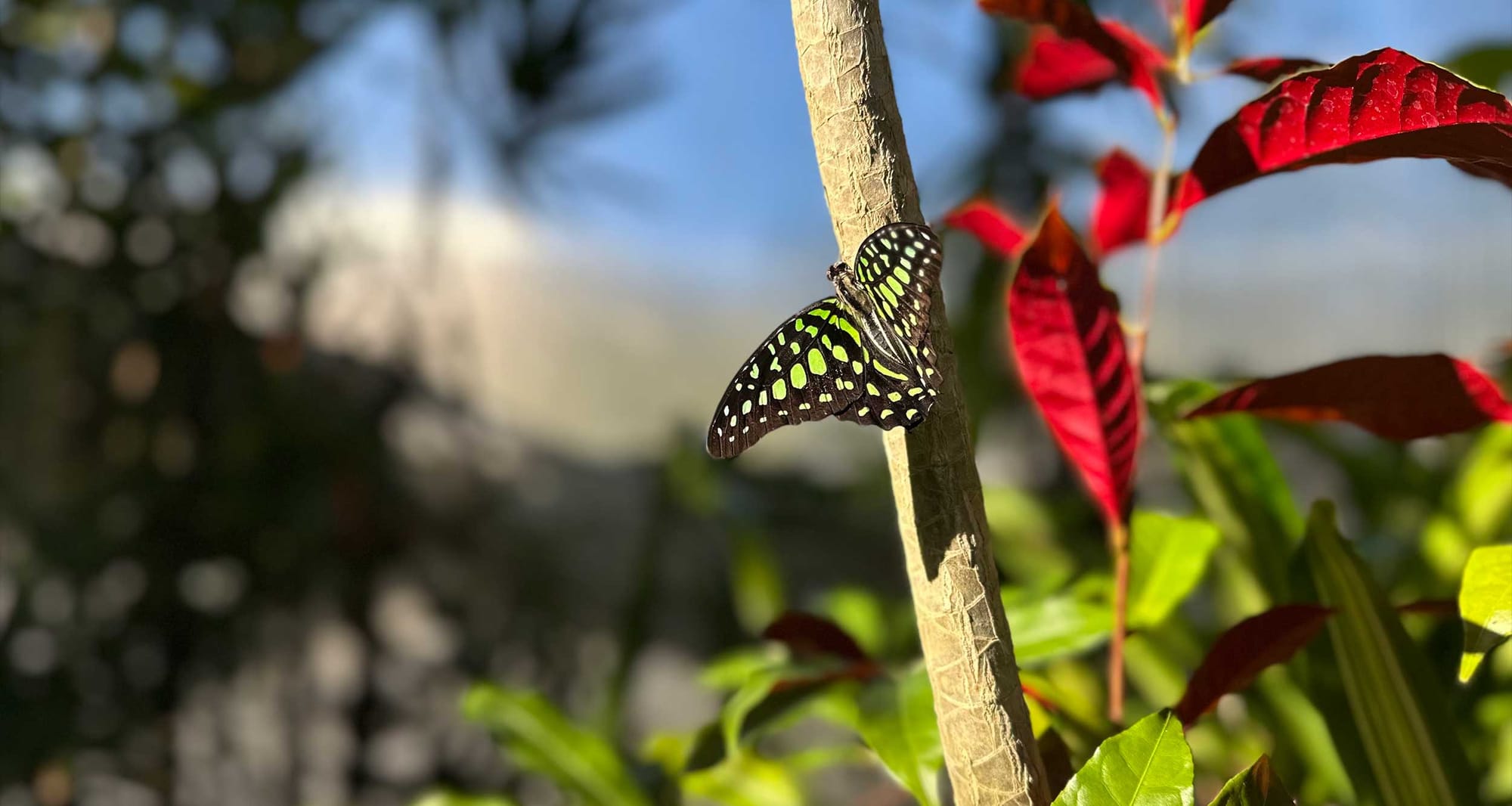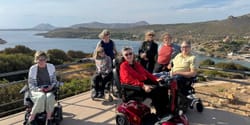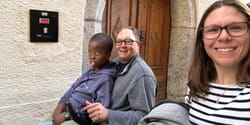Happy Friday, travelers!
Many of you are surely aware of the tragedy that occurred Wednesday night in Washington, D.C., when a U.S. Army helicopter collided with American Airlines flight AA5342, CRJ-700 service from Wichita, Kansas to Reagan National Airport. I stayed up all night, focused on the television screen, hoping that survivors might be found. Sadly, as we now know, all 67 souls were lost, including four American Airlines crew members and three members of the military.
I will leave commentary on the crash to the National Transportation Safety Board, but I would like to make one point — some have said that this tragedy is the end of an era of airline safety and, while that may be true in that a total airframe loss has just occurred, I remain confident in the professionals who make U.S. airspace and airports among the safest in the world. I pray for the souls of the dead, and for the comfort of their families, while knowing that their tragic deaths will bring about improvements in aviation safety. The FAA has already placed significant restrictions on helicopter flights around Reagan Airport while they review safety procedures.
On Monday, I am traveling to Washington, D.C. — and will fly into Reagan Airport — on a trip that was scheduled a few weeks ago. I will be attending an event at the Vatican Embassy, celebrating the release of Br. Guy Consolmagno’s latest book, A Jesuit’s Guide to the Stars. Br. Guy is a Detroit native and Director of the Vatican Observatory in Castel Gandolfo, Italy. I am hoping to learn more about a new tour program being developed in conjunction with the Vatican Museums, one that will welcome visitors to the observatory for the first time.
The Florida Museum and the Annual Butterfly Migration
I spent last weekend with my family in Gainesville, Florida, and visited the Florida Museum of Natural History for the first time in many years. Located on the campus of the University of Florida, the museum is wheelchair accessible and features expansive exhibits on botany, archaeology, ethnography, and paleontology in Florida.
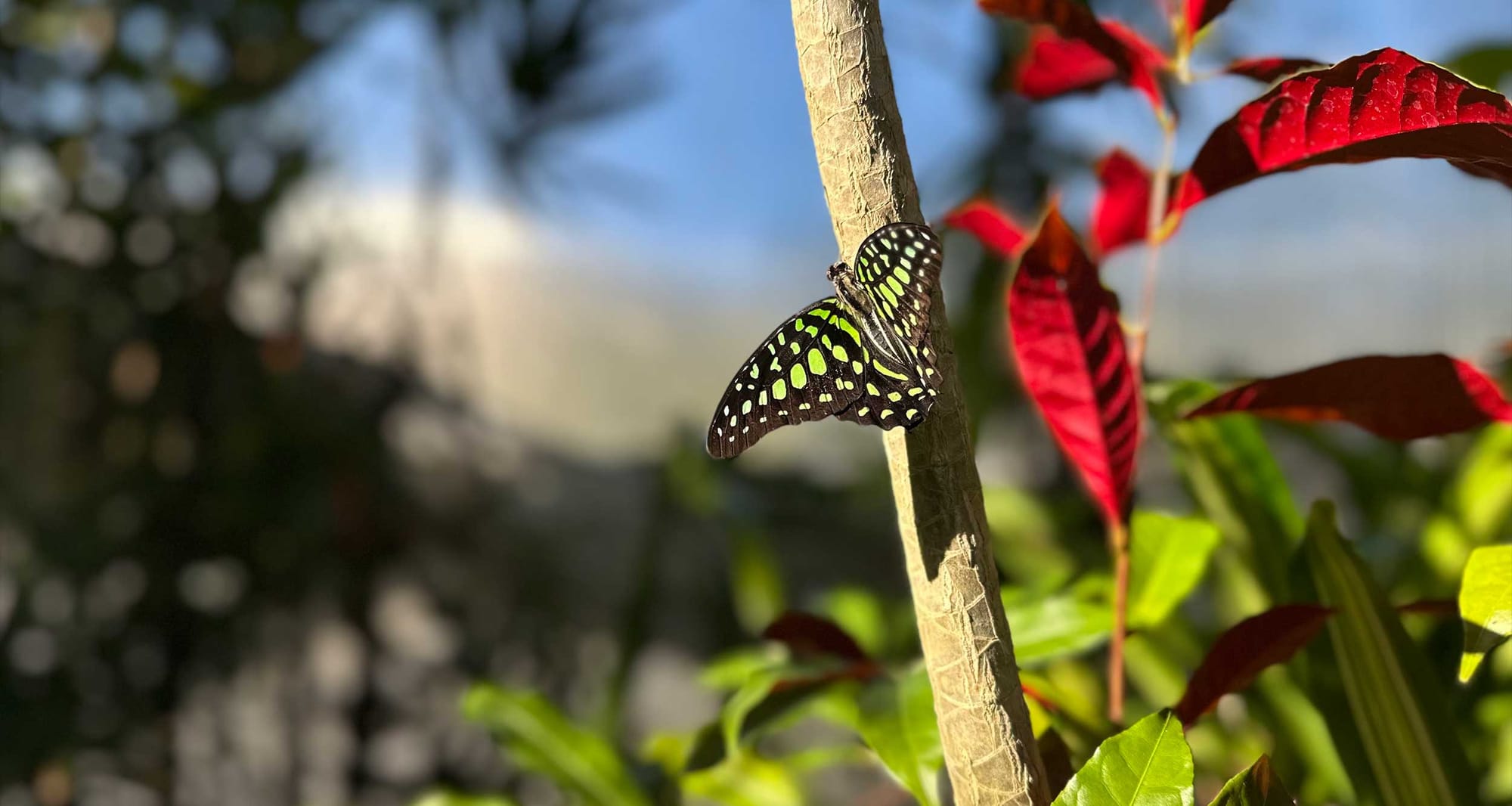
The star attraction, though, is the Butterfly Rainforest, which features hundreds of butterflies from around the world presented in a lush, tropical landscape.
Visiting museums, whether they be focused on art, history or science, is one of my favorite touristic pursuits. I love learning and always try to seek out some new nugget of knowledge or wisdom. At the Florida Museum, I looked with great interest on the exhibit detailing the migration patterns of Monarch butterflies.
The Monarchs that call the United States home migrate annually to Mexico, many of them settling in the Monarch Butterfly Biosphere Reserve, which is located about 60 miles northwest of Mexico City and has been recognized as a UNESCO World Heritage Site. It’s a journey that I too hope to make one day, and I have added the butterfly reserve to my bucket list!
Overheard in Charlotte: Are wheelchair assistance staff finally being trained to support the rights of wheelchair users?
If you travel by air with a wheelchair, you have likely faced an extended wait to be reconnected with it on arrival. Airlines are supposed to return wheelchairs “promptly” and “as close as possible to the aircraft door,” but I must often argue to have these rights respected. My policy is to never get out of my seat, into the aisle transfer chair, or off the airplane until my wheelchair has been delivered to the airplane door.
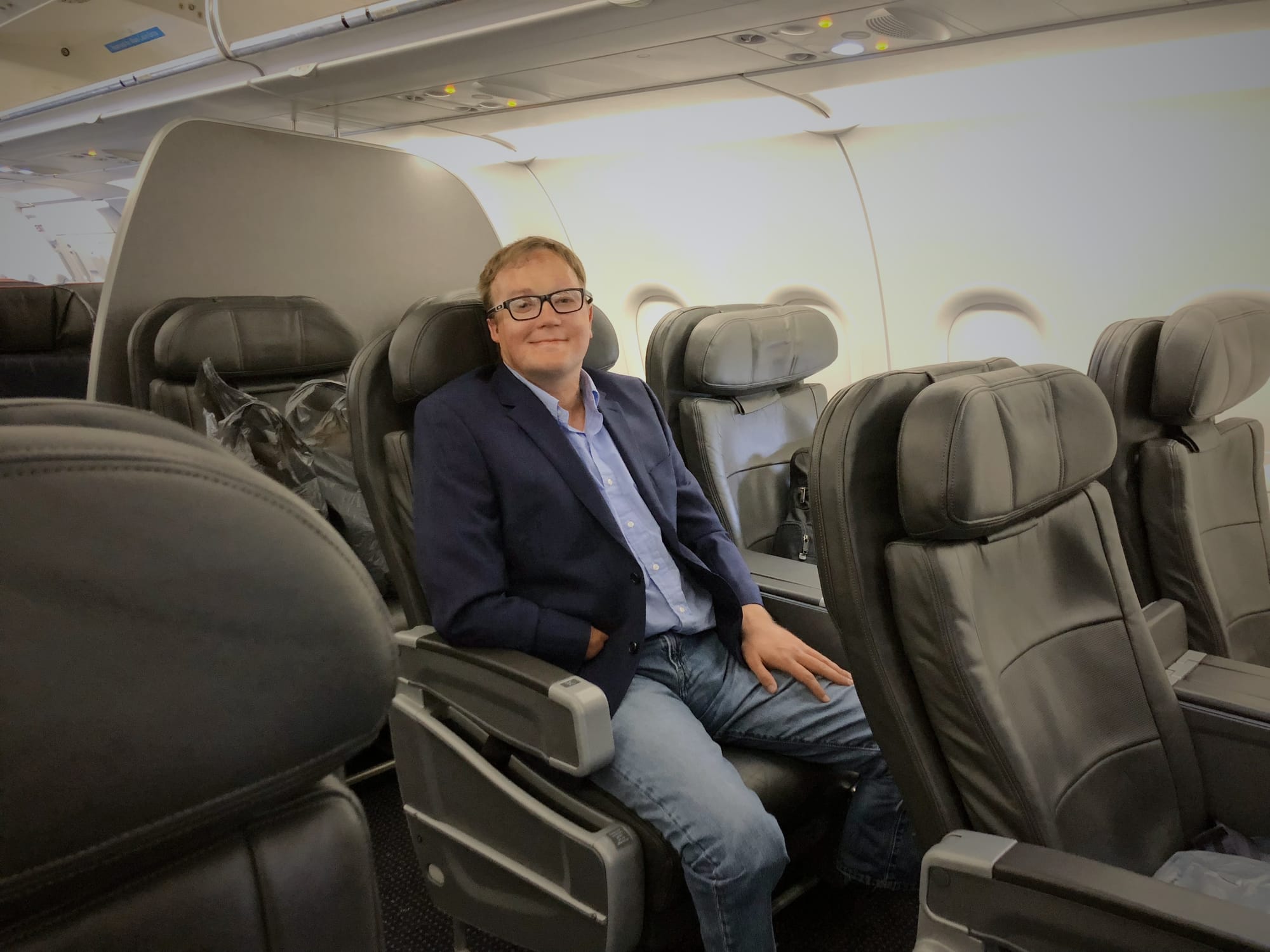
Wheelchair assistance contractors, gate agents and flight attendants often push back, and they may even threaten to call the police, but I stand (umm, sit) firmly in my seat. Check out my recent article, The Police Aren’t Coming, But If They Do — Prepare to Get Paid. On Monday in Charlotte, my wheelchair was the last item removed from the cargo hold (by law, it is supposed to be “among the first"), and I was expecting yet another argument with airline representatives.
The wheelchair assistance staff wanted me off the plane, but I explained my position and reminded them of the law. They called a supervisor who, much to my surprise, affirmed my position.
“Remember that training we had?
If the passenger has a personal wheelchair and wants it back, that’s the focus — you won’t be responsible for the delay, that’s on the ramp crew.”
What a difference! The American Airlines corporate office is still much too committed to “departure zero,” and gate agents still deny preboarding when assistance staff are not in place, but at least this subcontractor has trained assistance staff to wait with disabled passengers until personal wheelchairs are returned. Some contractors have previously issued demerits to staff who have done so, a practice which encouraged violations of the Air Carrier Access Act and set the priorities of assistance personnel in opposition to those of disabled travelers. It will be interesting to see if this training practice holds, or if it is an aberration (I hope not!).
Emergency Evacuations for Wheelchair Users and Disabled Passengers
This week’s tragic accident in Washington, D.C. was not survivable, but many other aviation incidents are. I have been asking questions about emergency airplane evacuations for wheelchair users since at least 2016, and have been greatly disappointed in the Federal Aviation Administration and airlines for their lack of attention to emergency preparation.
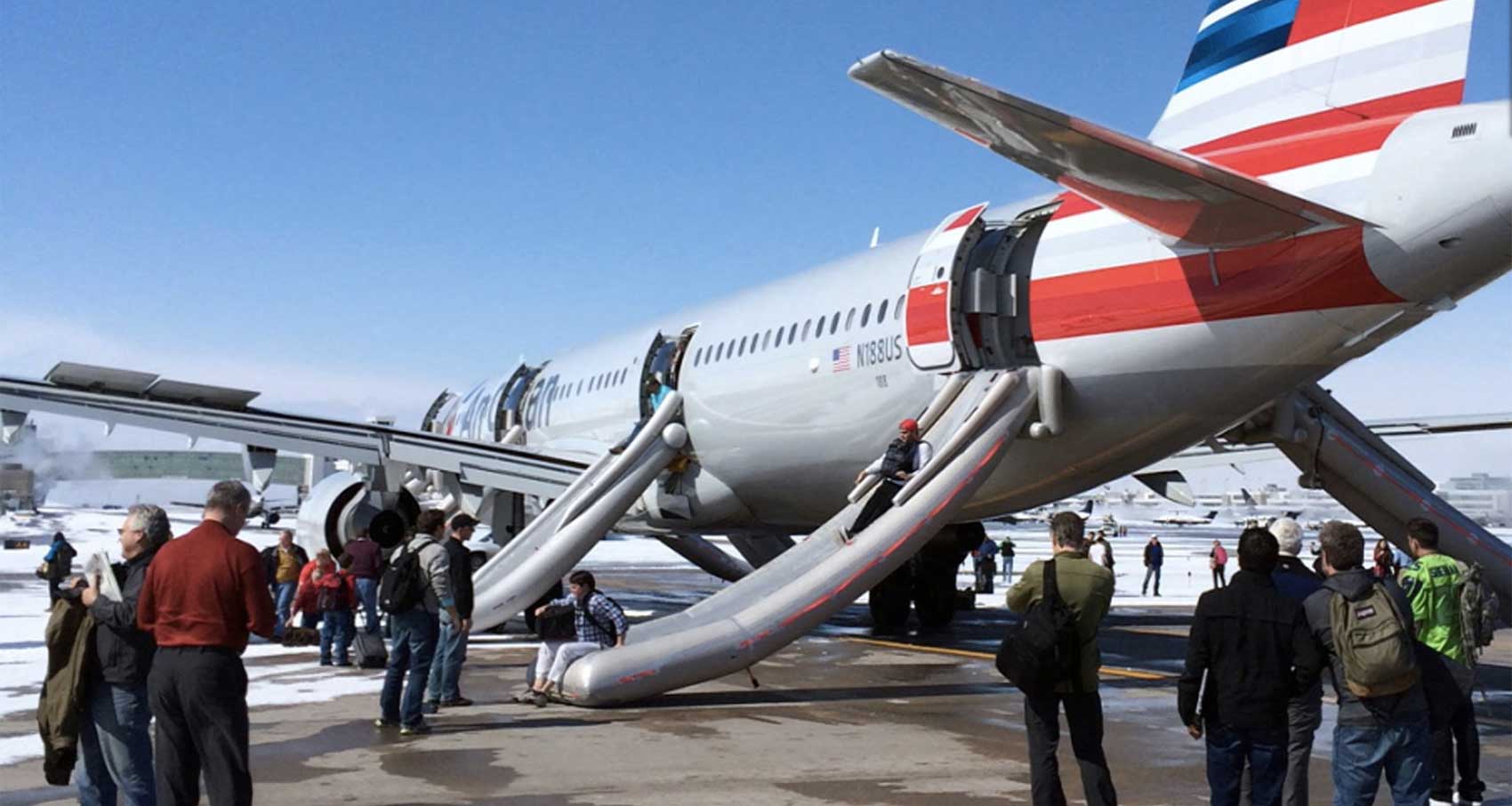
Just as many commentators have remarked on the “Swiss cheese model” of accident causation this week, I must speak up for disabled travelers — there is no plan for a safe emergency evacuation of non-ambulatory passengers, and one day the holes in the Swiss cheese will line up, hurting one of us. I join others (or they join me) in raising alarm, just as U.S. Senator Tammy Duckworth did when saying she was “not at all confident” she could safely evacuate an airplane.
If you’d like to learn more about the big question of airline safety, watch the Accessible Travel Chat: Q&A with Retired Flight Attendant Robin Wearley, and learn about the tool she has developed for airlines to advance passenger safety. Robin is a longtime friend, and it was a conversation that we had that kicked off development of her ADAPTS Portable Transfer Sling for emergency evacuations. The sling should be part of every airline safety kit, but only one airline has implemented it to date, and on only one model of aircraft (the Kenya Airways Boeing 787 Dreamliner).
Looking ahead
Following my trip to the nation’s capital city, expect an email covering that trip, as well as an update on the planned changes to WheelchairTravel.org and this newsletter. I will also preview some of the trips that I have upcoming, including to London, England, to the Aircraft Interiors Expo in Hamburg, Germany, and a potential trip to the beautiful region of Innsbruck, Austria.
Have a great weekend,
— John Morris

